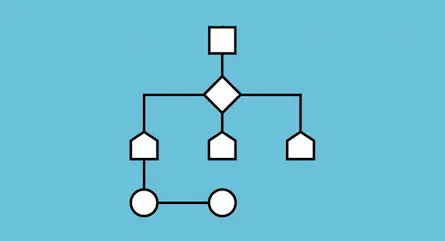
Understanding Disaster Management Through Web Applications
- Naidu Teja Reddy
- Project , Website , Software
- 17 Oct, 2024
Introduction
In a world increasingly affected by natural disasters, effective disaster management is more crucial than ever. With technological advancements, web applications have become a vital tool in disaster response and management. This blog explores the significance of web applications in disaster management and how they can facilitate better communication and coordination during emergencies.
The Role of Web Applications in Disaster Management
Web applications serve various functions in disaster management, including:
1. Information Dissemination: During a disaster, timely and accurate information is essential. Web applications can provide real-time updates about the situation, safety measures, and available resources. They can serve as centralized platforms where users can access critical information instantly.
2. Emergency Response Coordination: Effective coordination among various agencies and organizations is vital for efficient disaster response. Web applications can facilitate communication between emergency responders, government officials, and the public, ensuring a more organized and swift response.
3. Resource Management: Managing resources effectively is crucial during disasters. Web applications can help track the availability and distribution of essential supplies, such as food, water, and medical aid, ensuring that help reaches those in need promptly.
4. Community Engagement: Engaging the community is vital for successful disaster management. Web applications can provide platforms for community members to share their experiences, report issues, and offer assistance to those affected. This fosters a sense of community and collective responsibility.
Case Study: BEMA Web Application
The BEMA (Basic Emergency Management Application) is a prime example of how a web application can streamline disaster management processes. The application features:
• Search Functionality: Users can quickly search for specific information regarding ongoing disasters or safety measures.
• Real-Time Updates: BEMA provides live updates about disaster situations, enabling users to stay informed.
• Resource Allocation Table: The application displays critical resources available in various regions, ensuring that users can locate assistance swiftly.
Conclusion
Web applications like BEMA are transforming disaster management by enhancing communication, coordination, and resource management. As we continue to face the challenges posed by natural disasters, leveraging technology through web applications will be essential for effective disaster response and recovery.




